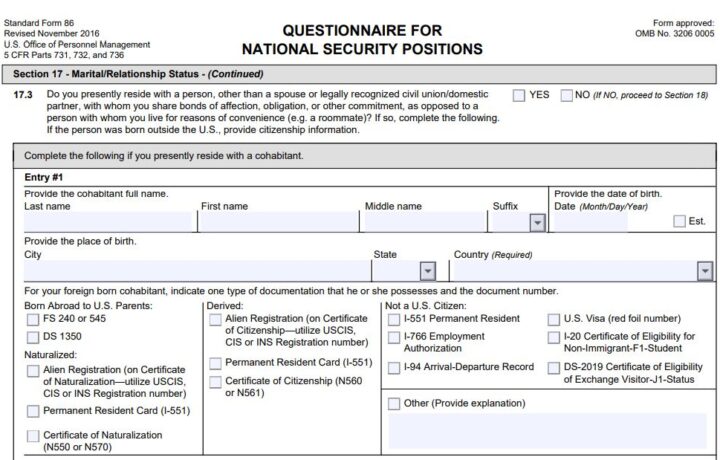There may be no other medium more swiftly able to separate out the younger generation from those of us with a few decades of service under our belts than paper. Among those who complain about filling out the 136-pages of the SF-86 via eQIP or now eApp, you will find those senior professionals who will swiftly remind that it is within our lifetimes that those same forms were filled out with a pen and ink, with reams of paper strewn across desks and kitchen tables.
And up until very recently, there were still aspects of the process that typically required an in-person briefing and a pen and ink signature. COVID-19 helped to usher in provisions to ensure cleared personnel could get to work despite office closures and teleworking security officers. A February update provided guidance to National Industrial Security Program (NISP) contractors noting that digital signatures are now accepted for all SF-312s.
What is the SF-312
It’s not uncommon for security clearance applicants who have recently obtained a security clearance to question what the SF-312 form is. All individuals granted clearance eligibility are asked to sign the SF-312 after briefing on their security clearance non-disclosure requirements. The form has traditionally been signed in person, but the update provided by the Vetting Risk Operation (VRO) office clarifies that contractors may have the form signed either in person or digitally.
If your government agency or defense contractor asks you to sign the SF-312, that’s good news for your security clearance but should prompt you to read carefully and ensure you understand the security procedures for any classified information you may access. The form notes:
“I have been advised that any breach of this Agreement may result in the termination of any security clearances I hold; removal from any position of special confidence and trust requiring such clearances; or termination of my employment or other relationships with the Departments or Agencies that granted my security clearance or clearances. In addition, I have been advised that any unauthorized disclosure of classified information by me may constitute a violation, or violations, of United States criminal laws…”
Again, it is in the purview of the security officer to decide if the form will be signed digitally or in person. But knowledge is power, and knowing that a digital signature is an option may help disparate staff members to get to work faster and have the documentation needed for the job.




